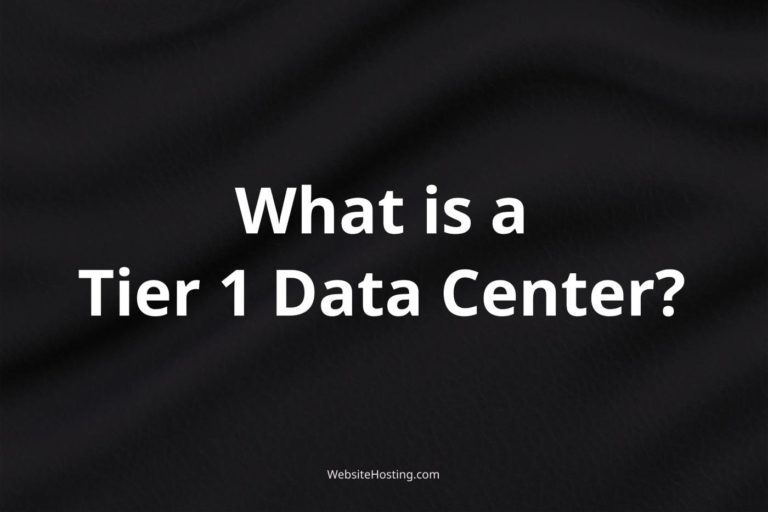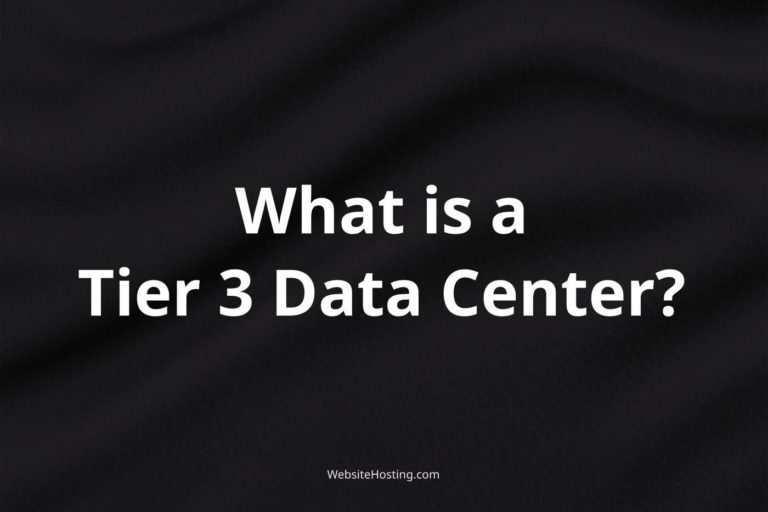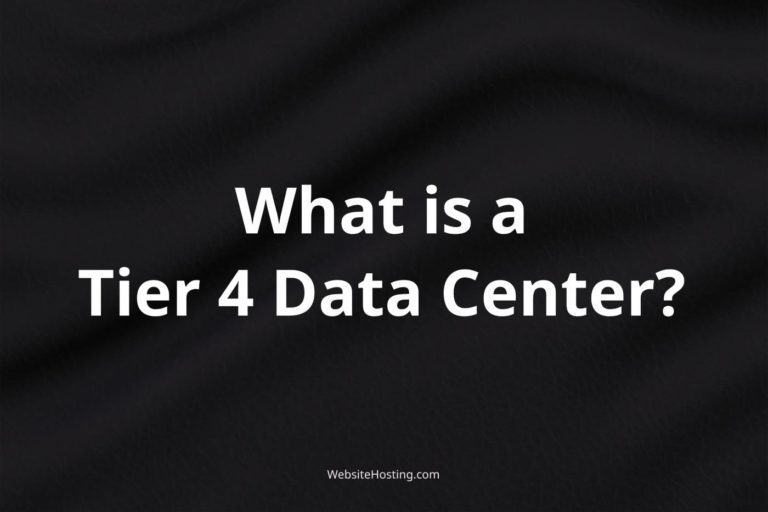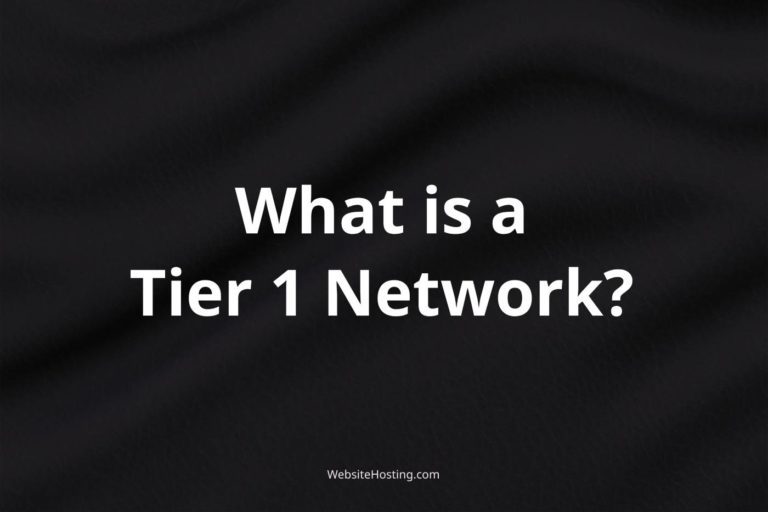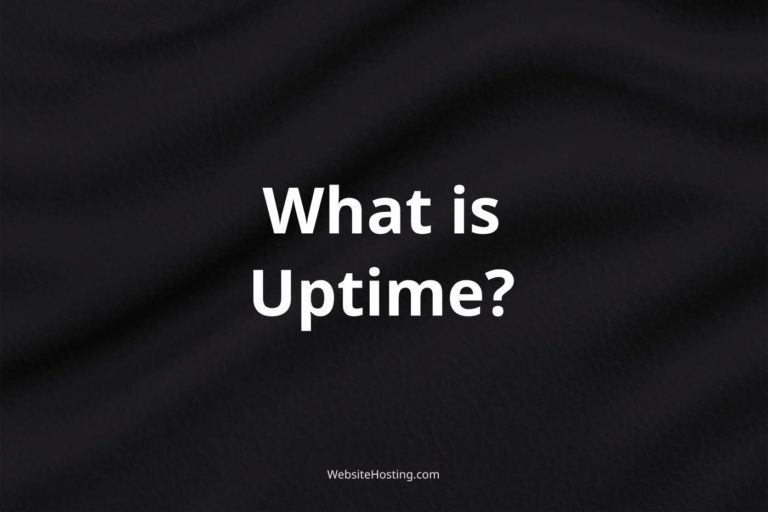When it comes to hosting your website or storing your data, the quality of the data center you choose can make a significant difference in terms of reliability, uptime, and security.
Among the various data center tiers defined by the Uptime Institute, Tier 2 data centers is a popular choice for small and medium-sized businesses that need a balance between cost and availability.
Tier 2 Data Center Features
A Tier 2 data center is designed to provide at least 99.741% availability, which translates to a maximum of 22 hours of downtime per year.
This level of availability is achieved by having redundant components such as power and cooling systems, but with a lower degree of fault tolerance compared to Tier 3 and Tier 4 data centers.
In other words, a Tier 2 data center can sustain a single point of failure without interrupting service.
Benefits of Tier 1 Data Centers
- One of the main advantages of Tier 2 data centers is their affordability.
Compared to Tier 3 and Tier 4 data centers that require a higher investment in redundant systems and infrastructure, Tier 2 data centers offer a cost-effective solution for businesses that don’t have critical operations or strict service level agreements (SLAs).
However, it’s important to note that Tier 2 data centers may not be suitable for businesses that rely heavily on their IT infrastructure and cannot afford extended downtime.
- Another advantage of Tier 2 data centers is their flexibility.
They can be located in various regions and can support a wide range of IT equipment and configurations, from servers and storage devices to networking and security appliances.
This makes Tier 2 data centers a viable option for businesses with diverse needs and locations, especially those that need to scale up or down their IT resources quickly.
In summary, Tier 2 data centers offer a balance between affordability, availability, and flexibility, making them a popular choice for businesses that need a reliable but cost-effective data center solution.
Related terms: Data center tiers, Uptime, Availability, Redundancy, Fault tolerance, Service level agreements (SLAs), IT infrastructure, Cost-effectiveness, Flexibility, Scalability
Related brands: Google Cloud, Microsoft Azure, Amazon Web Services, IBM Cloud, DigitalOcean
FAQ
What is a Tier 2 data center?
A Tier 2 data center is a type of data center that provides at least 99.741% availability with redundant systems but a lower degree of fault tolerance compared to higher tiers.
How does a Tier 2 data center differ from Tier 3 and Tier 4?
A Tier 2 data center has less redundancy and fault tolerance compared to Tier 3 and Tier 4, which translates to a lower cost but also a higher risk of downtime.
Is a Tier 2 data center suitable for my business?
It depends on your business needs and operations. If you can tolerate some downtime and don’t require strict SLAs, a Tier 2 data center can be a cost-effective solution. However, if you rely heavily on your IT infrastructure and cannot afford extended downtime, a Tier 3 or Tier 4 data center may be a better choice.
What are the benefits of a Tier 2 data center?
The main benefits of a Tier 2 data center are affordability and flexibility.
